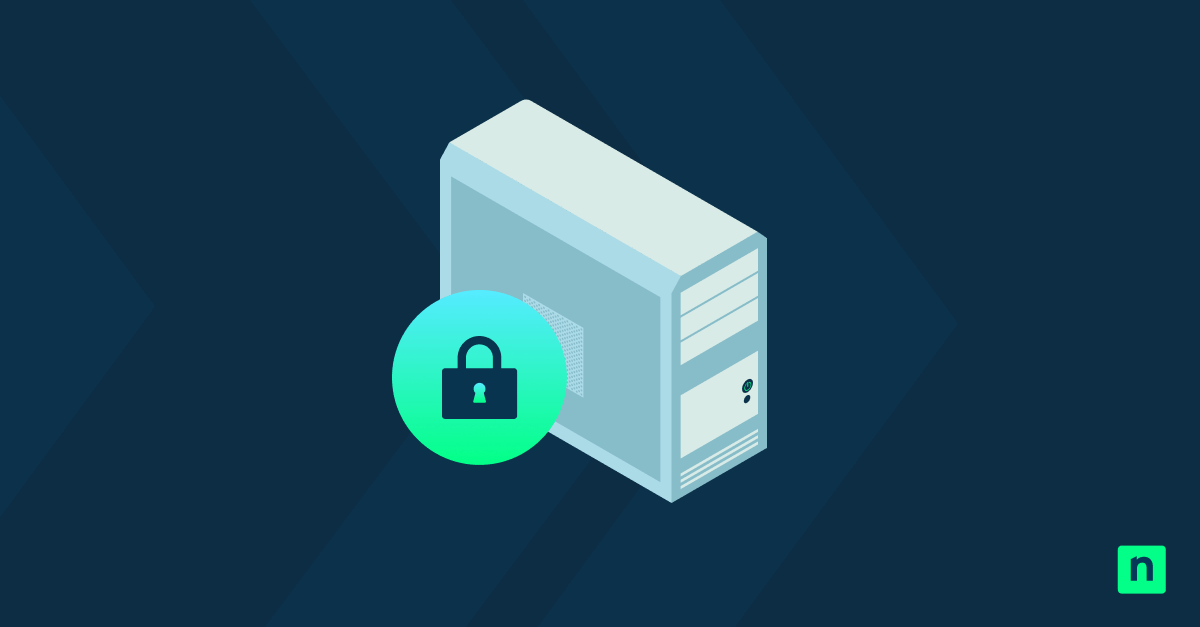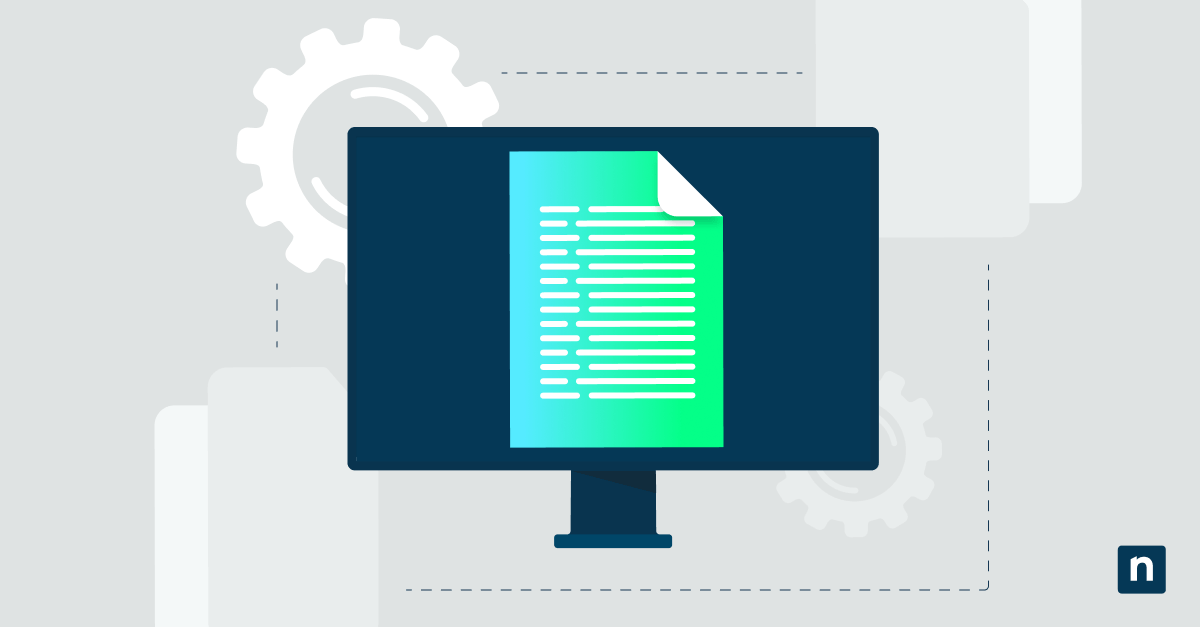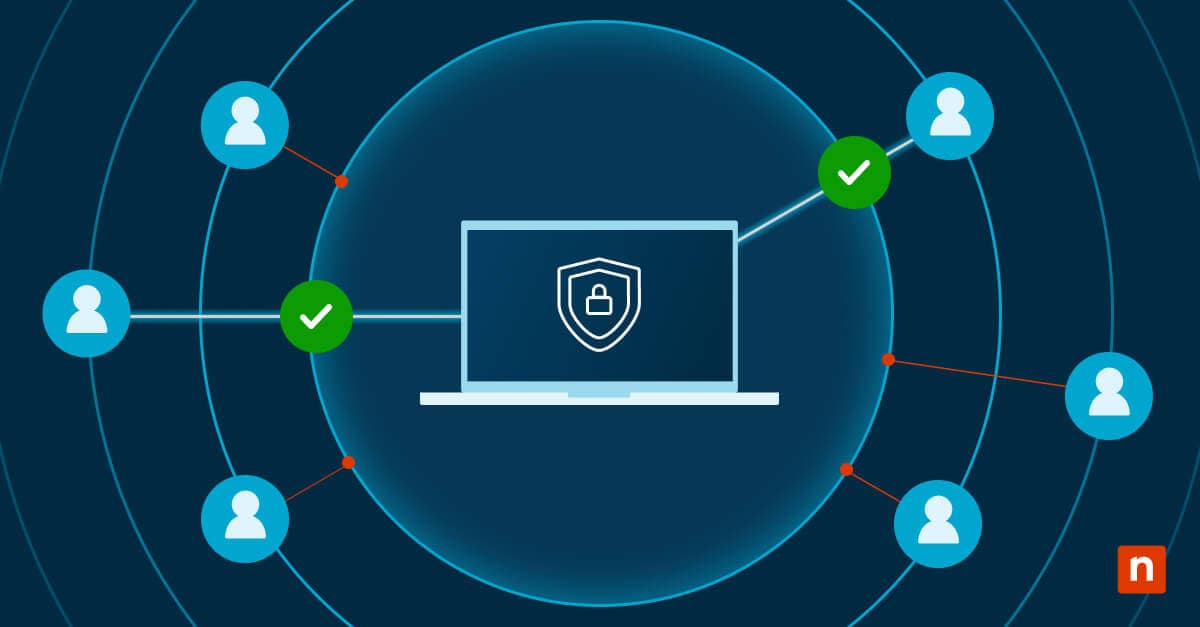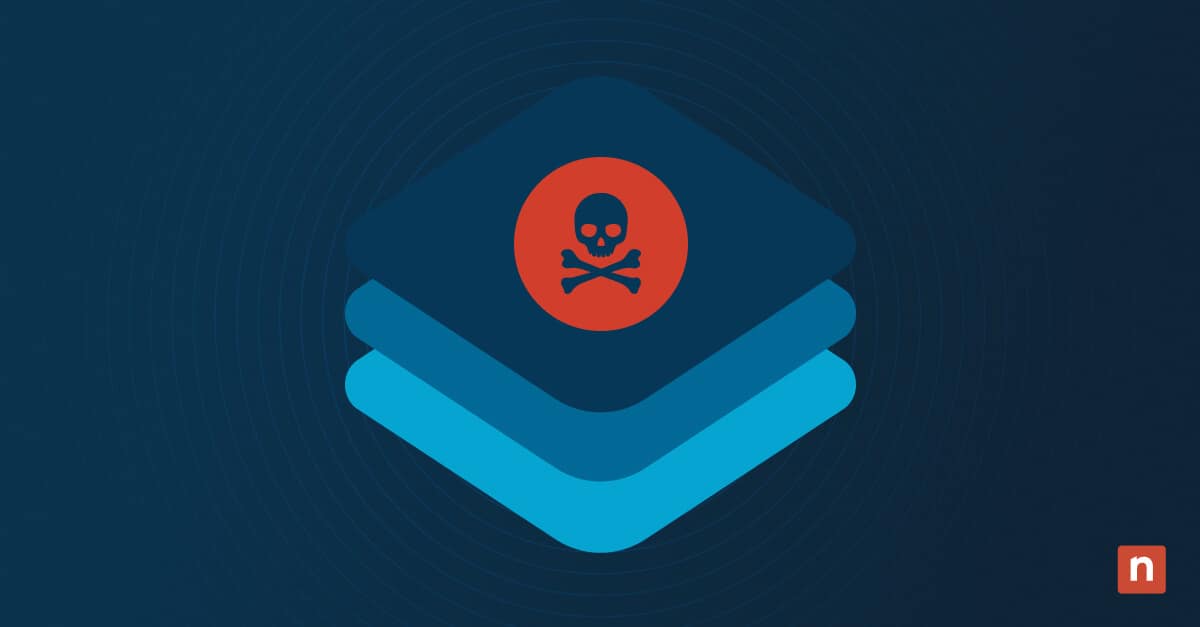Key Points
Unpatched systems and poor configuration drive most cyber threats
Failure to patch vulnerabilities and misconfigured servers remain the top causes of security breaches. Automated patch management is critical for risk reduction.
Common cyberattacks target websites and apps through multiple vectors
DDoS, DNS hijacking, SQL injection, XSS, and CSRF attacks disrupt availability and steal data. Layered defenses like WAFs, input validation, and rate limiting are essential safeguards.
Third-party integrations increase the attack surface
Supply chain risks from external scripts, APIs, and plugins expose organizations to malware and data compromise. Vetting, auditing, and version control of dependencies help prevent attacks.
Password exploitation and ransomware dominate modern cybercrime
Weak credentials and password reuse enable brute force and credential stuffing. Ransomware further threatens uptime and data integrity. Enforcing MFA and maintaining secure backups strengthens resilience.
Comprehensive cybersecurity requires layered defense and monitoring
Defense-in-depth, real-time monitoring, secure coding practices, and strong incident response planning ensure faster detection, response, and long-term protection.
Web infrastructure is under constant attack in 2025. Modern websites and SaaS platforms aren’t just static targets, but essential operational assets that organizations depend on every hour of the day. Downtime caused by cyber security threats delivers an immediate hit to the bottom line: businesses lose revenue, face failed SLAs, and risk customer churn with every minute their services are offline. According to Gartner, the average cost of IT downtime is about US $5,600 per minute, which works out to over US $300,000 per hour for many businesses. For IT teams and managed service providers, anticipating and preventing these security threats isn’t optional — it’s mission critical for keeping public-facing systems reliable and secure.
Why is this so important? Most security incidents targeting websites and cloud services still rely on exploiting known vulnerabilities or misconfigurations — simple mistakes or missed updates that attackers can easily find. A successful breach doesn’t always mean dramatic data loss; often, attackers cause severe performance slowdowns, full-scale outages, or create compliance and legal headaches that can tarnish a brand’s reputation. The only way to reliably prevent, detect, and recover from these incidents is to implement a layered defense model that combines proactive security policies, real-time monitoring, and robust recovery plans.
Prerequisites for threat mitigation
Before you implement any strategies to defend against threats to web security, certain requirements must be in place to ensure effectiveness and coverage:
Effective mitigation applies to any public-facing website, web application, or API — regardless of whether it’s hosted in the cloud, a hybrid environment, or traditional on-premises infrastructure. To properly address security risks, you’ll need admin-level access to critical systems and settings, including web server configurations, DNS records, log files, and the application frameworks powering your platform.
A robust web security approach should also be layered. This means combining multiple defenses — such as network and endpoint firewalls, web application firewalls (WAFs), data loss prevention (DLP) solutions, and secure coding practices — to create overlapping protection at every point of attack. Building these layers in advance provides the foundation required for effective threat prevention, detection, and rapid response.
The top cyber security threats causing downtime
Distributed denial-of-service (DDoS) attacks
A distributed denial-of-service (DDoS) attack overwhelms a website or online service by flooding the server with massive amounts of fake traffic from multiple sources. The attacker leverages botnets — networks of compromised devices — to send so many simultaneous requests that the targeted infrastructure cannot distinguish real users from fake ones. This saturates bandwidth and exhausts server resources, making the site unresponsive or fully inaccessible for legitimate users. In severe cases, backend services may also crash, disrupting connected business operations.
Impact:
- The website becomes slow, unreliable, or completely offline.
- Backend databases, APIs, or payment gateways may fail under the load.
- Prolonged DDoS outages erode customer trust and violate service-level agreements.
Mitigation:
- Deploy professional DDoS mitigation platforms such as Cloudflare or AWS Shield to absorb and filter attack traffic before it reaches your servers.
- Implement rate-limiting at the network and application layers to cap the number of requests users or IPs can make in a set time period.
- Use content delivery networks (CDNs) to distribute traffic and offload DDoS pressure away from origin servers, improving resilience against downtime.
DNS attacks (hijacking & amplification)
This website security threat attacks target the Domain Name System, which is critical for directing users to the correct websites and services. Attackers may hijack DNS records to redirect users to malicious destinations, enabling phishing, credential theft, or malware installation. Another common method — DNS amplification — overloads your DNS infrastructure with massive traffic, causing delays or full outages for legitimate users.
Impact:
- Users may be unknowingly sent to fraudulent or malicious websites, putting sensitive data at risk.
- Legitimate website traffic is disrupted, leading to access delays or complete outages.
- Businesses can experience widespread loss of trust and service-level failures when users can’t reach their websites or APIs.
Mitigation:
- Enable DNSSEC (Domain Name System Security Extensions) to authenticate DNS responses and prevent tampering.
- Use redundant DNS providers to ensure continued operation if one provider fails or is under attack.
- Lock your domain with your registrar to prevent unauthorized changes to DNS records or domain transfers.
SQL injection (SQLi)
SQL injection (SQLi) attacks occur when an attacker inserts malicious SQL code into website input fields such as login forms or search boxes with the goal of manipulating backend databases. This technique exploits poorly secured queries, allowing attackers to read, modify, or delete sensitive data, bypass authentication mechanisms, or even take down the entire application.
Impact:
- Attackers can steal, manipulate, or erase critical business data stored in your databases.
- Unauthorized access to private information, such as user credentials or financial records, becomes possible.
- Entire websites or apps can be defaced, disrupted, or rendered inoperable due to manipulated or dropped database tables.
Mitigation:
- Use prepared statements (also known as parameterized queries) to ensure user input is never executed as code.
- Rigorously validate and sanitize all user-supplied data to block malicious input.
- Restrict database privileges for application accounts, granting only the minimum permissions required to operate — never allow direct modification or deletion of sensitive records unless absolutely necessary.
Cross-site scripting (XSS)
Cross-site scripting (XSS) is among common security threats for websites. XSS attacks occur when attackers inject malicious scripts into web pages that are then executed in the browsers of unsuspecting users. By exploiting unvalidated input fields, attackers can have scripts run in the context of your website, allowing them to steal session cookies, capture sensitive data, or deface web content.
Impact:
- Attackers can hijack user sessions, potentially gaining unauthorized access to accounts or administrative functions.
- Sensitive information, such as credentials or personal data, is at risk of being exposed or stolen.
- Website defacement, malware injection, or unwanted redirects can harm user trust and brand reputation.
Mitigation:
- Sanitize all user input to strip or neutralize potentially harmful code before processing or storing it.
- Apply output encoding to ensure that any data rendered back to the browser is treated strictly as content, not executable code.
- Implement a strong Content Security Policy (CSP) to control which scripts can run on your web pages and block unauthorized code execution.
Cross-site request forgery (CSRF)
Cross-site request forgery (CSRF) is a type of attack where a malicious website or script tricks an authenticated user into performing unintended actions on a different site where they’re already logged in — such as changing account details or initiating unauthorized transactions. By exploiting the trust a website has in the user’s browser, attackers can submit forged requests without the user’s knowledge or consent.
Impact:
- Attackers can make unauthorized changes to user profiles, account settings, or even sensitive financial information.
- Compromised users may unintentionally approve payments, reset passwords, or modify important records.
- Damage to user trust and potential financial or data loss for both users and the business.
Mitigation:
- Implement anti-CSRF tokens in forms and requests to ensure that actions originate from legitimate sources.
- Set SameSite attributes on cookies so they are not sent with cross-origin requests, making it harder for attackers to leverage authenticated sessions.
- Use referrer checks to verify where requests are coming from and block suspicious or unsolicited actions targeting critical site functions.
Malware injections (backdoors, redirects, cryptojacking)
Malware injection attacks involve embedding malicious code into website plugins, themes, or core files to create persistent threats that are notoriously hard to detect. Attackers often leverage vulnerabilities or weak permissions to plant backdoors, insert unauthorized redirects, or deploy cryptojacking scripts that secretly mine cryptocurrency using your server resources. These injected scripts can remain hidden for long periods, continually compromising your site and its visitors.
Impact:
- Attackers may deface your website, alter visual content, or redirect visitors to malicious domains, damaging trust and brand reputation.
- SEO poisoning is common, where hidden links or redirects harm your site’s search rankings or get your domain blacklisted by search engines.
- Sensitive data theft or credential harvesting can occur as injected code captures user input or exfiltrates information to remote servers.
Mitigation:
- Regularly monitor file integrity with automated tools to detect unauthorized changes in code, plugins, or configuration files.
- Restrict write permissions for website files and directories, ensuring only trusted accounts and processes can modify critical resources.
- Perform frequent malware scans using reputable security solutions to identify and quarantine malicious code before it causes lasting damage.
Zero-day exploits
Zero-day exploits are threats to web security that target vulnerabilities in software, plugins, or platforms before those flaws have been publicly disclosed or patched by the vendor. Because these weaknesses are unknown to defenders and software creators, attackers can compromise systems immediately — leaving no time for traditional patching or updates.
Impact:
- Systems, websites, or web apps can be compromised instantly, often leading to data theft, unauthorized access, or complete takeover of the affected environment.
- Security teams have no advance warning or fix available, dramatically increasing the risk of a successful breach.
- Attackers may use zero-days as a first step, establishing footholds for further internal attacks or data exfiltration.
Mitigation:
- Employ virtual patching solutions such as web application firewalls (WAFs) that can block attack patterns even when code patches aren’t available.
- Set up real-time alerts and anomaly detection to identify suspicious activity or indicators of compromise as early as possible.
- Prioritize rapid deployment of security updates as soon as patches are released, and maintain a mature patch management process to shorten the window of vulnerability.
Brute force and credential stuffing attacks
Brute force and credential stuffing attacks use automation to rapidly guess passwords or try large volumes of stolen credentials on your login forms or authentication endpoints. Attackers exploit weak passwords and the common habit of reused logins across multiple websites, launching relentless, high-speed attempts to gain access to user or admin accounts.
Impact:
- Account takeovers, leading to fraudulent purchases, data theft, or unauthorized access to internal systems.
- Service abuse, where compromised accounts are leveraged for spam, phishing, or launching further attacks.
- Privilege escalation, as attackers target administrative or privileged accounts to expand the scope of compromise.
Mitigation:
- Enforce multi-factor authentication (MFA) for all users, especially admins, to block automated logins even if passwords are compromised.
- Implement rate-limiting and lockout policies to slow down or block repeated failed login attempts.
- Use CAPTCHAs to deter automated bots from submitting unlimited login attempts.
- Deploy anomaly detection tools that monitor for unusual login patterns (such as multiple failures from the same IP or impossible travel) to flag and stop credential-based attacks early.Ransomware on web server
Ransomware on web servers
Ransomware on web servers targets critical website files and databases by encrypting them and demanding payment for decryption keys. Attackers gain access through vulnerabilities, weak credentials, or unpatched software, locking up not just static assets but also content management systems, customer data, and media libraries.
Impact:
- The entire website or content database becomes inaccessible, often resulting in total service outage.
- Recovery is difficult without clean backups; paying the ransom is never guaranteed to restore full access.
- Extended downtime can harm business reputation, violate SLAs, and lead to regulatory penalties if customer data is involved.
Mitigation:
- Maintain immutable, offsite backups so you can restore affected content quickly and reliably.
- Deploy endpoint protection software on web servers to detect and block known ransomware behaviors.
- Harden server configurations—disable unnecessary services, enforce strong authentication, and keep all software up to date to minimize attack surfaces.
Man-in-the-middle (MITM) attacks
Man-in-the-middle (MITM) attacks occur when attackers intercept or alter data transmitted between users and your website. This typically happens when connections aren’t properly encrypted — allowing attackers to steal credentials or inject malicious content by exploiting unsecured public Wi-Fi, compromised routers, or DNS hijacks.
Impact:
- Attackers may hijack user sessions, gaining unauthorized access to accounts or services.
- Sensitive data—including logins, payment information, or personal details—can be intercepted and stolen without either party realizing.
- Integrity of website content and user trust are compromised.
Mitigation:
- Enforce HTTPS everywhere using strong encryption (TLS 1.2/1.3) so all traffic is protected in transit.
- Enable HTTP Strict Transport Security (HSTS) headers to force browsers to only connect via secure channels.
- Use secure DNS providers and DNSSEC to prevent DNS spoofing that could reroute users to malicious sites.
Misconfigured security headers
Security headers in HTTP responses tell browsers how to handle content and protect users from attacks. When these headers are missing or set incorrectly, websites become more vulnerable to threats like cross-site scripting (XSS), clickjacking, and MIME-type sniffing—leaving users exposed even if core application logic is sound.
Impact:
- Without the right headers, visitors can be impacted by XSS, clickjacking, or man-in-the-middle attacks—even on otherwise secure websites.
- Attackers may trick users with malicious frames, scripts, or altered content, increasing risk of data theft or account takeover.
Mitigation:
- Set a strong Content-Security-Policy (CSP) header to control which sources of code can run in user browsers.
- Add the X-Content-Type-Options header to prevent MIME-type sniffing and stop browsers from interpreting files as something else.
- Use the X-Frame-Options header to block your site from being loaded in frames, protecting against clickjacking attempts.
Insecure APIs
Insecure application programming interfaces (APIs) expose critical data and core business functions to attackers when endpoints lack adequate security controls. Without proper authentication, authorization, and data validation, attackers can exploit API flaws to access or manipulate sensitive information, perform unauthorized actions, or disrupt connected services.
Impact:
- Data leakage, such as exposure of user or business records through unprotected API calls.
- Service disruption if APIs are abused to overwhelm backend systems or trigger denial-of-service.
- Account takeover and privilege escalation when authentication is insufficient or tokens are guessed or stolen.
Mitigation:
- Deploy API gateways to control, monitor, and secure all API traffic with consistent policies.
- Use strong authentication tokens (such as OAuth 2.0 or JWT) to verify every request and enforce user permissions.
- Validate and sanitize all inputs to APIs—never trust client-provided data, and implement schema or type checks to block malicious payloads.
Unpatched CMS plugins or components
Websites running popular content management systems (CMS) like WordPress, Joomla, or Drupal often rely on third-party plugins and components for added functionality. Failing to keep these components up to date leaves sites vulnerable to attackers who exploit known flaws — often leading to full site compromise, defacement, or redirect attacks.
Impact:
- Complete site takeover, where attackers gain admin privileges or persist via backdoors.
- Redirects that send legitimate visitors to scam, phishing, or malware domains.
- Loss of search engine ranking or blacklisting due to security incidents traced to your site.
Mitigation:
- Patch all CMS plugins, themes, and core components promptly—enable automatic updates if possible.
- Disable or remove unused plugins and themes to shrink the potential attack surface.
- Apply the principle of least privilege, granting plugins or third-party integrations only the minimum access required for their function.
Supply chain attacks (NPM, JavaScript injection)
Supply chain attacks exploit third-party scripts, libraries, or packages included in your website’s code — such as NPM modules or remote JavaScript. When a dependency is compromised, attackers can secretly inject malicious code directly into the app delivered to every visitor’s browser, enabling keylogging, payment skimming, or malware delivery on a massive scale.
Impact:
- Browser-based malware silently steals data or login credentials from site visitors.
- Keylogging scripts capture sensitive information such as credit card numbers or user passwords.
- Payment skimming (Magecart-style attacks) diverts transactions or leaks financial data.
Mitigation:
- Implement Subresource Integrity (SRI) attributes for third-party scripts to verify that the code hasn’t been altered before execution.
- Lock package versions in your build process (package-lock.json, yarn.lock) to prevent silent dependency updates from introducing vulnerabilities.
- Conduct regular dependency audits using automated tools to detect, review, and remediate risky or outdated third-party components.
Additional security considerations
Staying safe isn’t just about blocking known threats to web security — it’s about establishing proactive processes and safeguards that lower your risk and improve your readiness. Here are critical practices every IT and development team should adopt:
- Deploy web application firewalls (WAFs): Leverage WAFs to automatically block known attack signatures and patterns such as SQL injection, XSS, and common bot exploits before they reach your application.
- Monitor performance and traffic metrics: Continuously watch site performance indicators for unusual spikes in traffic, increased error rates, or resource consumption.
- Maintain a public incident response plan: If you serve SLA-bound clients or critical business functions, make sure an incident response plan is in place—and available to your clients if appropriate. This improves trust and response coordination during an actual incident.
- Train developers on secure coding practices: Regularly educate your development teams on secure engineering fundamentals, with emphasis on frameworks like the OWASP Top 10. Awareness of common vulnerabilities in real-world coding contexts greatly reduces security bugs from entering production.
- Schedule vulnerability assessments and penetration testing: Proactively identify and remediate weaknesses by running routine vulnerability scans and periodic penetration tests.
By integrating these measures, organizations can move beyond reactive defense and build more resilient web security postures that stand up under pressure from both common and emerging cyberthreats.
In summary
Website security threats are more varied and advanced than ever, putting every public-facing service at risk — not only for downtime, but also for data exposure, regulatory violations, and harm to their reputations. A single lapse can cascade into lost revenue and long-term brand damage. To stay resilient, MSPs and IT admins must embrace defense-in-depth measures that empower real-time prevention, rapid detection, and swift incident response across all layers of their web infrastructure.
Ultimately, building web resilience isn’t a one-time project but an ongoing commitment by IT and security teams. With comprehensive, layered defenses and a culture of continuous vigilance, you can stay ahead of evolving threats and minimize the risk of costly downtime or breaches.








